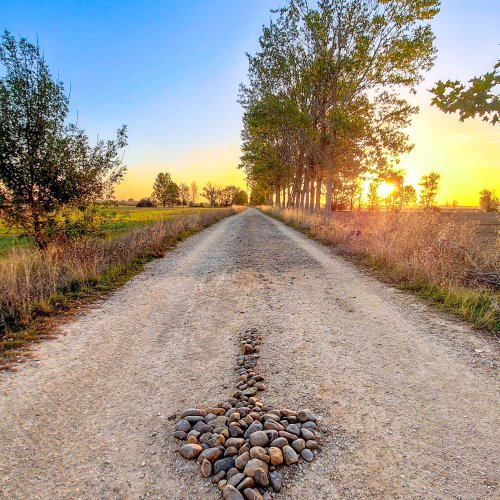Paulo Arantes
Member
- Time of past OR future Camino
- Frances Apr/May 2017
Frances Oct/Nov 2024
Hey there! I wanted to chat about my experience on the 2017 Camino Frances. I'm pretty average physically, maybe a tad overweight, did some training (could've done more), and could've lightened my backpack a bit.
Started off strong from SJPP, had some rest days, dealt with a few blisters, and pushed through some long days over 25 km. Felt the usual pains, nothing out of the ordinary.
Around 450 km in, near Leon, I started feeling a tough pain below my left knee. Then it popped up under my right knee a few days later. Being a physician, I figured it was shin splints. I stretched daily and took it easy on breaks.
But things got rough. After descending the Cruz de Hierro and reaching Molina Seca, the pain hit hard. Took a break, planned for a short walk the next day, but after 3 km, I knew it wouldn't happen. Ended up in Ponferrada, rested for three days.
Thought it was just inflammation from walking, so I started shipping my bag and limiting myself to 15 km a day. Tough going, using my walking poles like crutches, but the Camino spirit kept me going.
Back home, MRI revealed both tibias were fractured. Maybe it happened during those last 200 km.
Planning to walk the Camino Frances again this year (oct/nov), and I'm reflecting on those painful days. Want to remind folks to prepare well, know their route, train up, stretch, pack light, and rest.
Even with broken legs, the Camino was incredible. Can't wait to experience it without fractures this time!
Wishing you all an amazing Camino!Ultreia
And here's a quick rundown on shin splints:
Shin splints, also known as medial tibial stress syndrome (MTSS), are a common overuse injury that can lead to tibial stress fractures. Shin splints are caused by pain in the muscles, tendons, and bone tissue around the shin bone, while tibial stress fractures are hairline fractures of the tibia bone. Both shin splints and tibial stress fractures can be caused by repetitive trauma that exceeds the bone's remodeling capacity, resulting in weak bone that's prone to stress fractures.
Shin splints are characterized by:
- Pain that often occurs over a broad area
- Pain that usually lessens after warming up
- Pain that may be more tolerable than pain from a stress fracture
- Lower leg pain that can range from mild to severe
- Tenderness to the touch of the shin bone
- Mild swelling
- Gradual onset pain on the inside of the shin
- Pain that gets worse as you run
- Pain that persists in a smaller location after you run
Here are some things you can do to help with shin splints:
- Use painkillers such as paracetamol or ibuprofen gel (or ibuprofen tablets if you need them) to ease the pain
- Put an ice pack (or bag of frozen vegetables) in a towel on your shin for up to 20 minutes every 2 to 3 hours
- Avoid repetitive exercise of your lower leg for 1 to 2 weeks
- Keep your activity to just the walking that you do during your regular day
- Try other low impact activities as long as you do not have pain, such as swimming, elliptical machine, or biking













